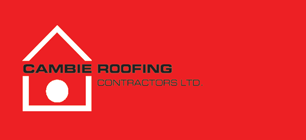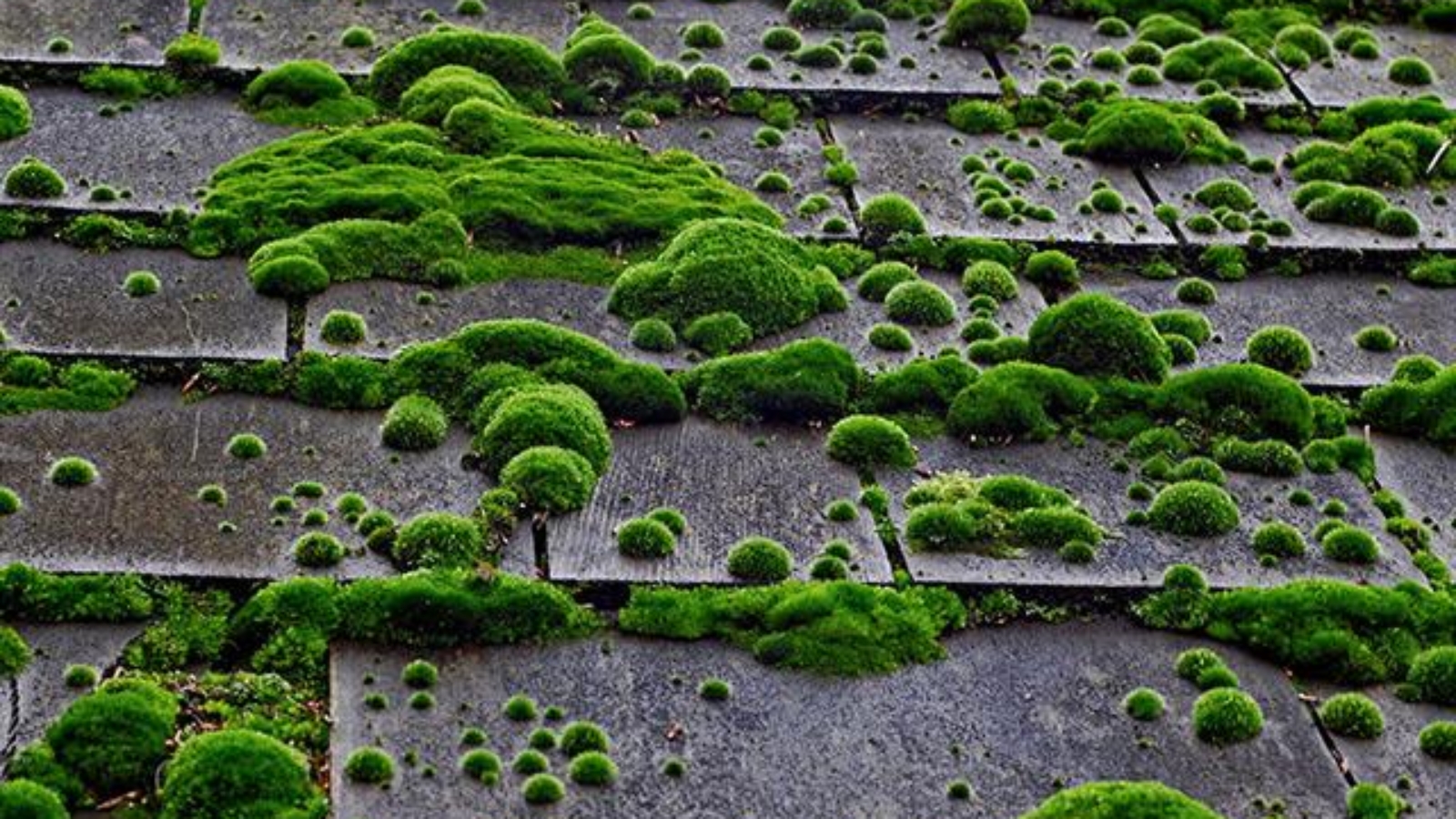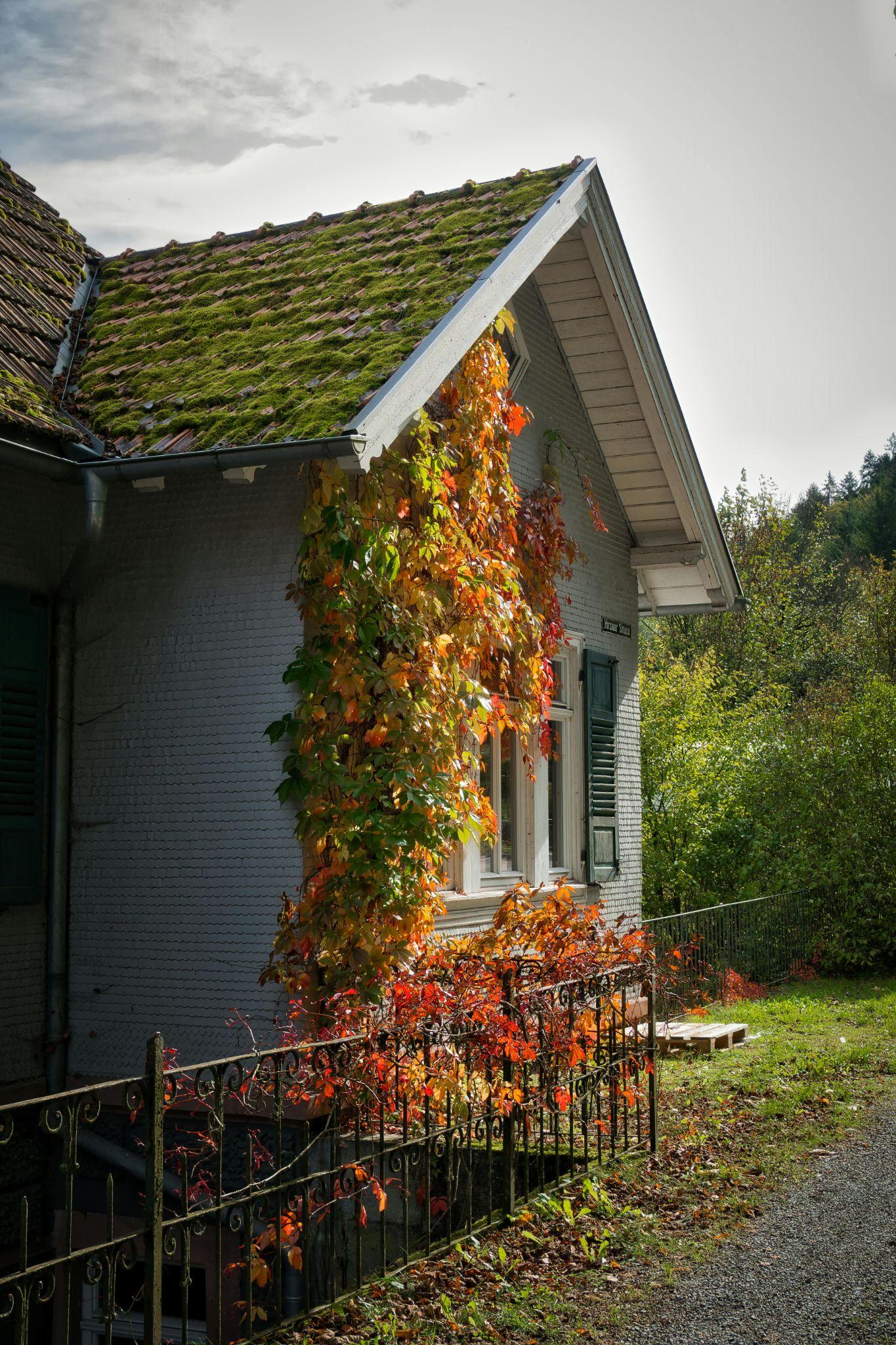
“Why should I remove the moss from my shingles? It looks nice, and it suits the Pacific Northwest so well!”
While moss on your roof can add a quaint, cottage-esque sort of charm to your Vancouver home, it can actually be detrimental to the overall health of your roof.
Moss Everywhere
If you live in Vancouver, we can say with absolute certainty that moss can and will grow on your roof – if you let it. Moss thrives in the rainforests of the Pacific Northwest, and can grow just about anywhere where both moisture and soil (dirt) can be found.
There are many types of moss that grow around here, including curly thatch moss, yellow moss, and cat-tail moss. On roofs, however, you’re most likely to see black, green, or red moss – all of which can be harmful to your roof in different ways. And remember, moss doesn’t need soil to grow in the same way that other plants do.
Green Moss
Green moss – your standard, run-of-the-mill roof moss – commonly grows on shaded parts of the roof and boasts a rich green colour. It can soak up moisture like a sponge and lifts shingles as it grows, allowing water to seep beneath.
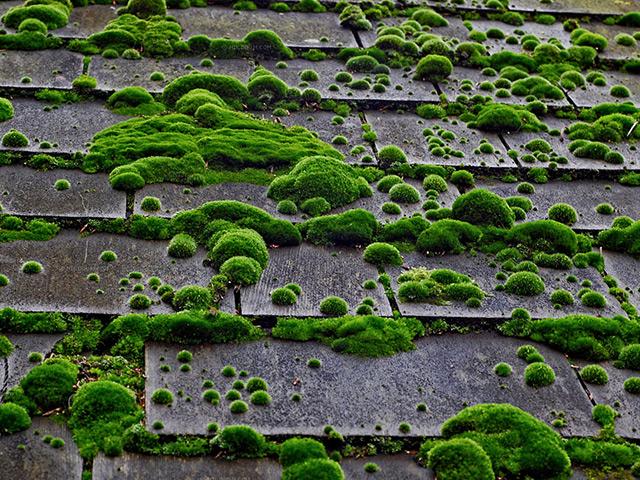
Black Moss
Black moss gets its name from its dark green appearance, bordering on black. Like other mosses, it does well in shady, damp conditions. Black moss can retain moisture, leading to rot, shingle deterioration, and increased weight on the roof.
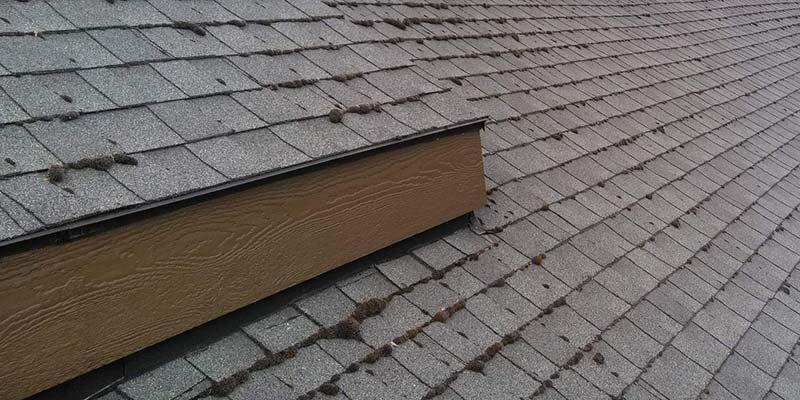
Red Moss
Red moss is produced when mosses are stressed by sunlight and drought. On top of the risk of moisture retention and rot, they can also cause discoloration or staining on your roof.
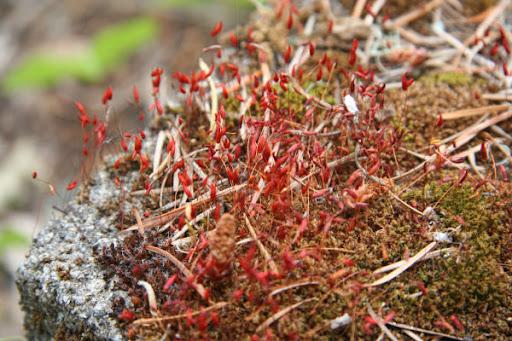
Why Moss is bad for your roof
Think of it simply. Water ingress is extremely bad for your roof (and anything housed beneath it). When moss grows on your roof shingles, its roots grow down between the cracks of the asphalt. Moss is like a sponge; it soaks up and hangs onto rain water, which is then transferred below the surface of your shingles by the roots, thereby allowing water into your membrane and causing rot, discolouration, and aesthetic issues.
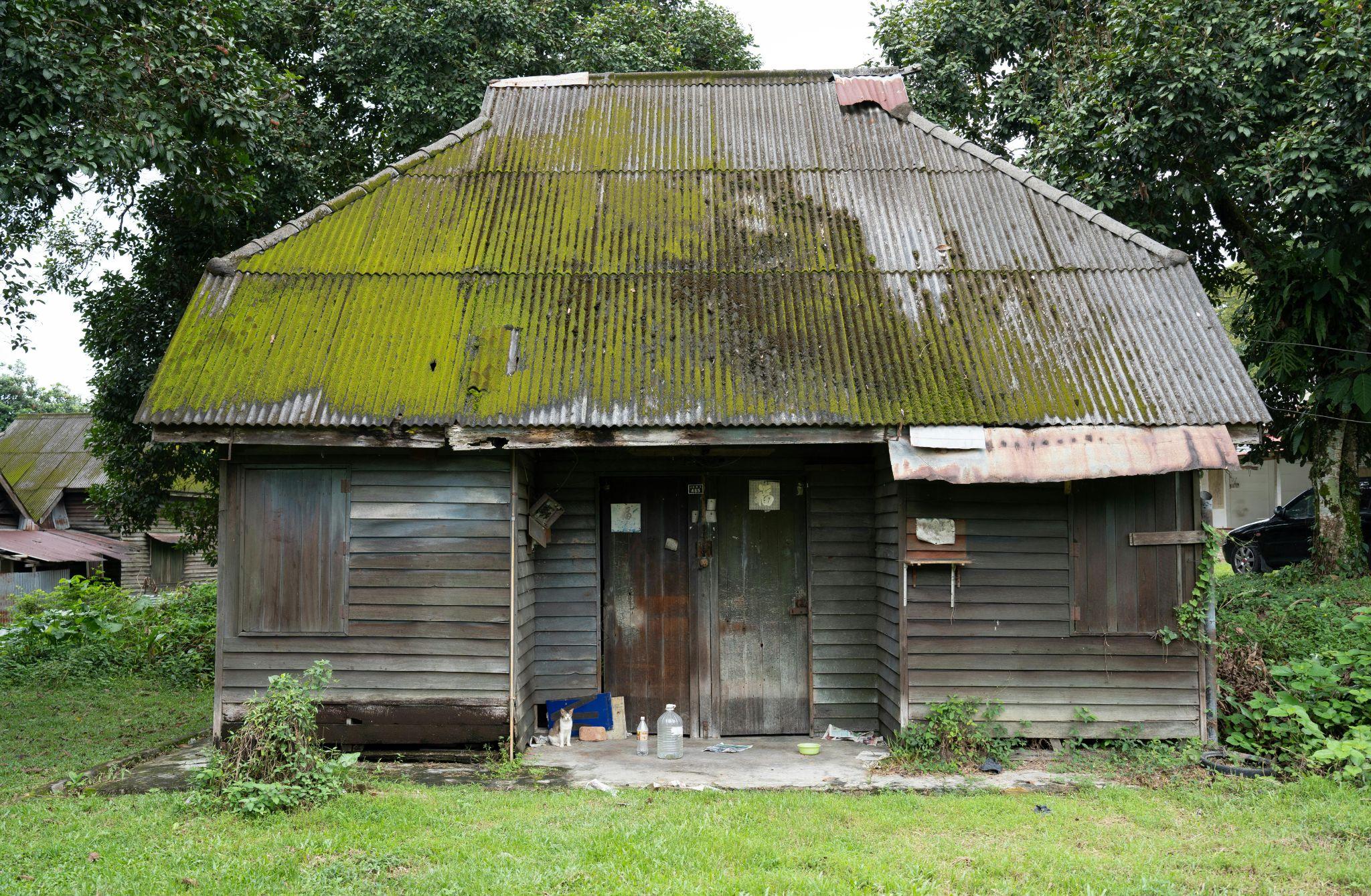
How to remove moss from a roof
Removing moss from a roof is simple and easy – if you can do it safely, and if you can do it without damaging your shingles even further. Remember to always exercise caution and be as safe as possible when you’re up on your roof. Once you have that sorted, here are some steps you can take to remove moss.
Pull Moss by Hand: If you can, the simplest solution is to gently hand-pull the moss from your roof. Make sure you go slow to avoid accidentally pulling up shingles.
Rinse the roof: Use a hose to remove debris and organic matter that can encourage moss growth.
Apply a dry roof moss killer: Apply the product on a cloudy day so it doesn’t evaporate quickly.
Scrub the moss: Use a long-handled, soft-bristle brush to gently scrape the moss downward.
Install metal strips: Copper, zinc, and lead strips can help prevent moss from growing.
Remove shade: Trim back tree branches to allow more sunlight to reach the roof.
Reduce debris: Use a leaf blower or hose to clean the roof, directing airflow down the slope.
Keep gutters clean: Ensure gutters are clean to promote water drainage. The less moisture is allowed to stagnate on your roof, the better.
Preventing Moss from Growing Back
It can be tough to prevent moss from growing back fully, but there are steps you can take to reduce the odds. The best thing you can do is to simply keep everything clean and free of debris, and to trim trees and plants that shade areas of your roof as well. This requires a commitment to ongoing maintenance and inspections, which you should be doing at least twice a year. If you need help, consider calling a professional to help with that.
What’s Next?
Bottom line: moss is bad for your roof. A thin layer isn’t necessarily cause for alarm, but large clusters can quickly cause severe issues if left ignored. Some homeowners resist removing moss from their roof, either not realizing that it’s a problem or thinking it adds a quaint garden charm to their home. And maybe it does, but that doesn’t change the fact that it can be deeply damaging to your property.
How Can We Help?
If you need help with roof inspections, maintenance, or moss removal, please don’t hesitate to get in touch! We’ve been working in Vancouver for over 75 years, working often with homeowners and building managers on roofing and maintenance projects, and we’d love to hear from you!
